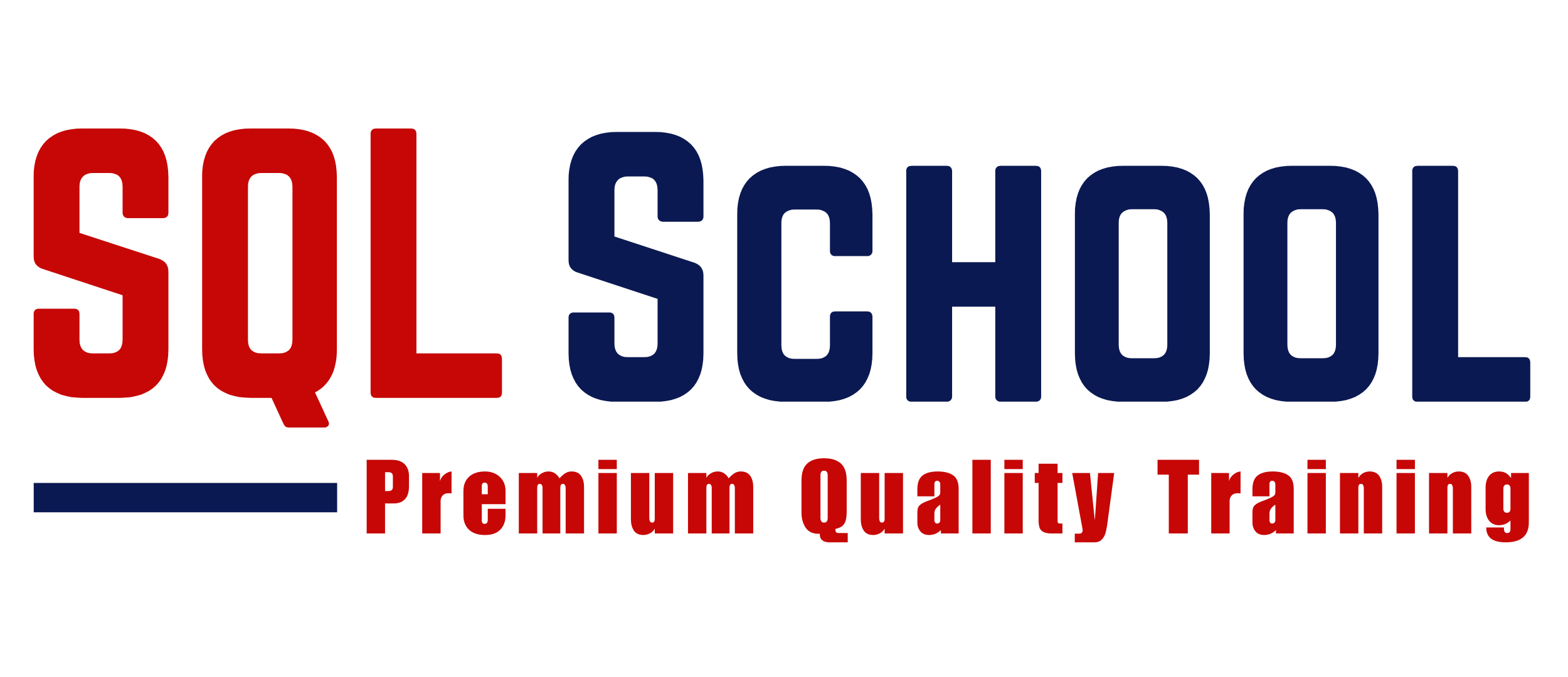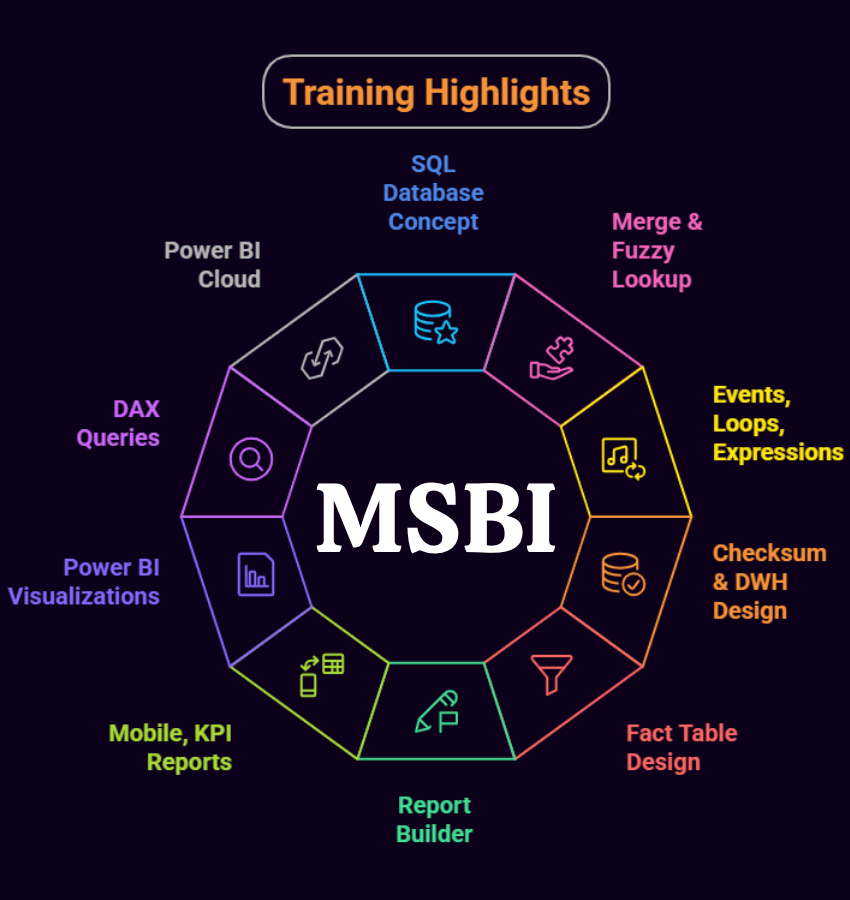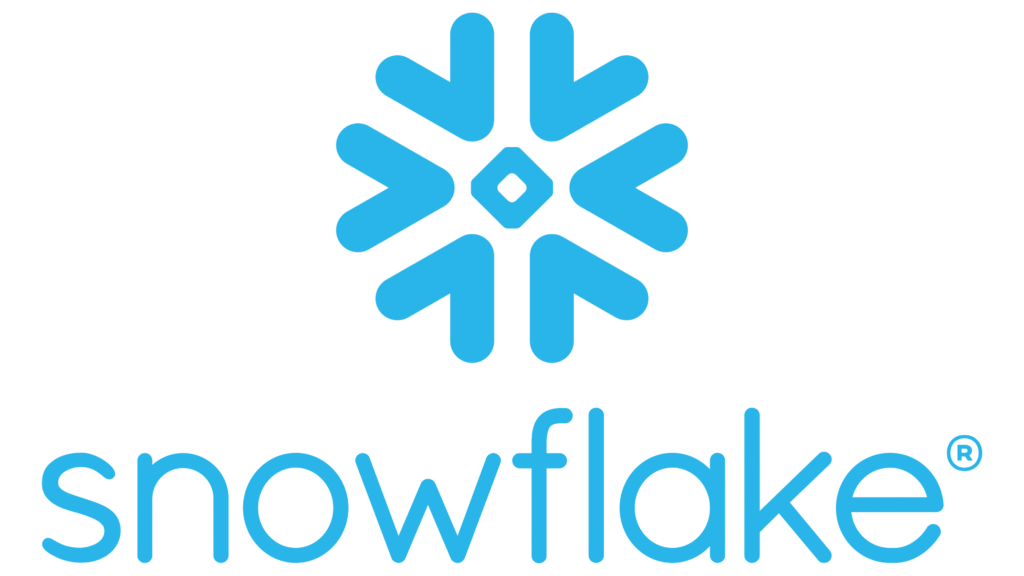Freshers looking to start a career in BI and data analytics
SQL developers wanting to expand into the BI stack
ETL and report developers seeking to master MSBI tools
Data analysts who want to work with cubes, KPIs, and dashboards
Anyone interested in building enterprise BI solutions
No prior coding experience is required. All concepts are taught from scratch


















